Hannstar – The Exception to the Rule
What makes this unusual is that a Hannstar VP noted late last week that given the steady order pull-ins that the company had been seeing, Hannstar expected to see higher utilization rates in the 2nd half than in the 1st, essentially the opposite of the rest of the industry. The VP went on to say that the company has been less affected by the slowdown in overall panel demand as the company has diversified its product portfolio and its customers. He cited a company utilization rate of ~80% for the first half of the year and set expectations for a 90% to 95% utilization rate for the 2nd half of this year.
While sales for the 1st half of 2022 for Hannstar are down 40.78% y/y, the implication is that the 2nd half (assuming small panel prices remain roughly flat), would be up 11.7%, the 5 year average, a far cry from the expectations for large panel producers in the 2nd half, especially with lower utilization rates now being assumed to remain for much, if not all of the 2nd half. If Hannstar is able to do as the higher utilization rate implies, it would put them in a category by themselves for the remainder of the year, and while there are still many factors that could influence Hannstar’s full year and 2H results, we would certainly give credit to management for the improvement in product and customer base. Hopefully the customer list has broadened, making the company less reliant on a particular customer, but it is a bit too early to see if the data proves out.
All in, Hannstar presented one of the most optimistic views of the next two quarters among panel producers, but at the same time we note that the additional capacity that Hannstar announced last July (see our note 7/9/21), the first time the company has added capacity since it began production in 2005, has been ‘paused’, which seems to contradict the outlook above, but we expect Hannstar will not be the only one to slow or stall capacity increases, especially if the utilization rate reductions being seen currently remain in effect for the remainder of the year. While we have to assume that at the first sign of either stable small panel display pricing or any improvement in consumer demand for mobile devices, those construction projects will be resumed under the thought that there will be a return to the insatiable demand for smartphones and other mobile products that existed in 2020 and early 2021. Any optimism we might have for the small or large panel LCD display business would be predicated on at least some of those capacity projects being permanently cancelled.






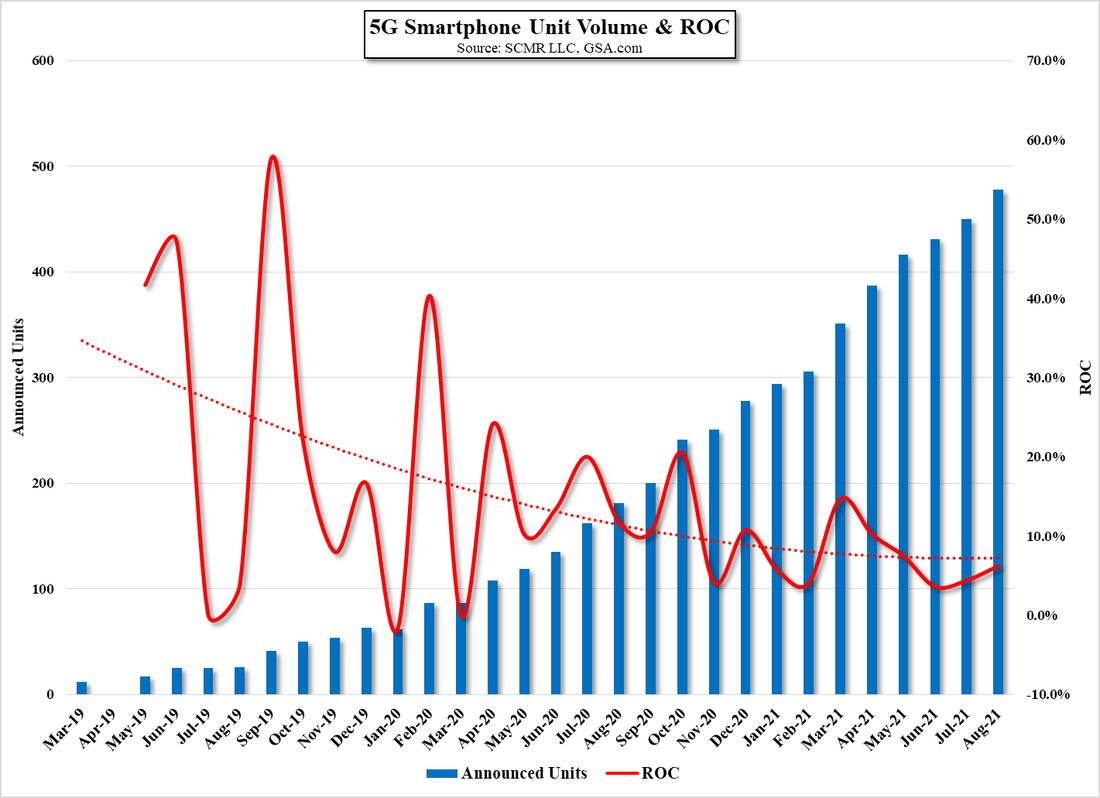






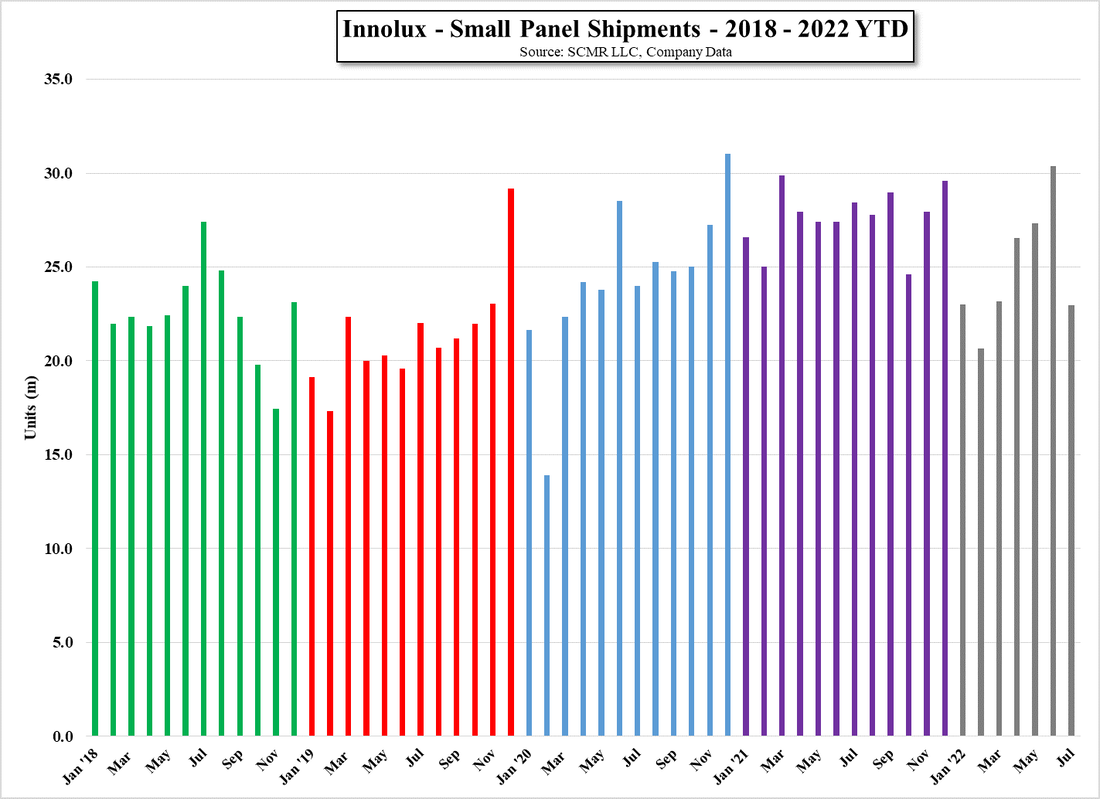






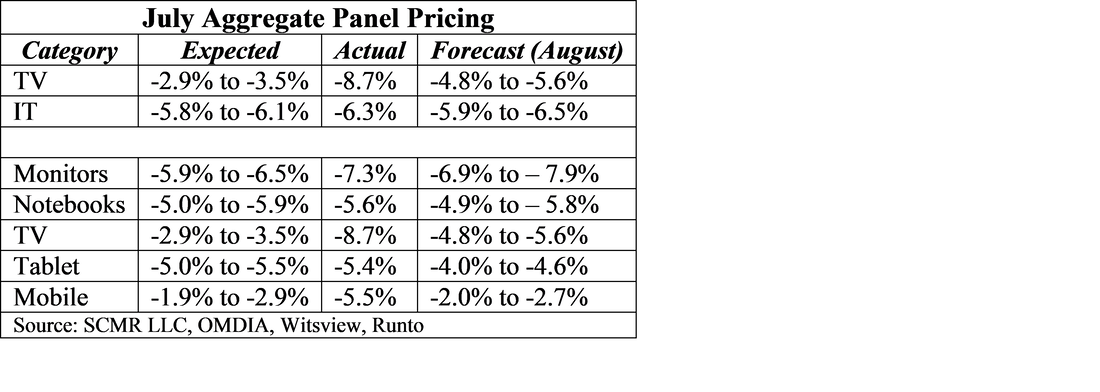
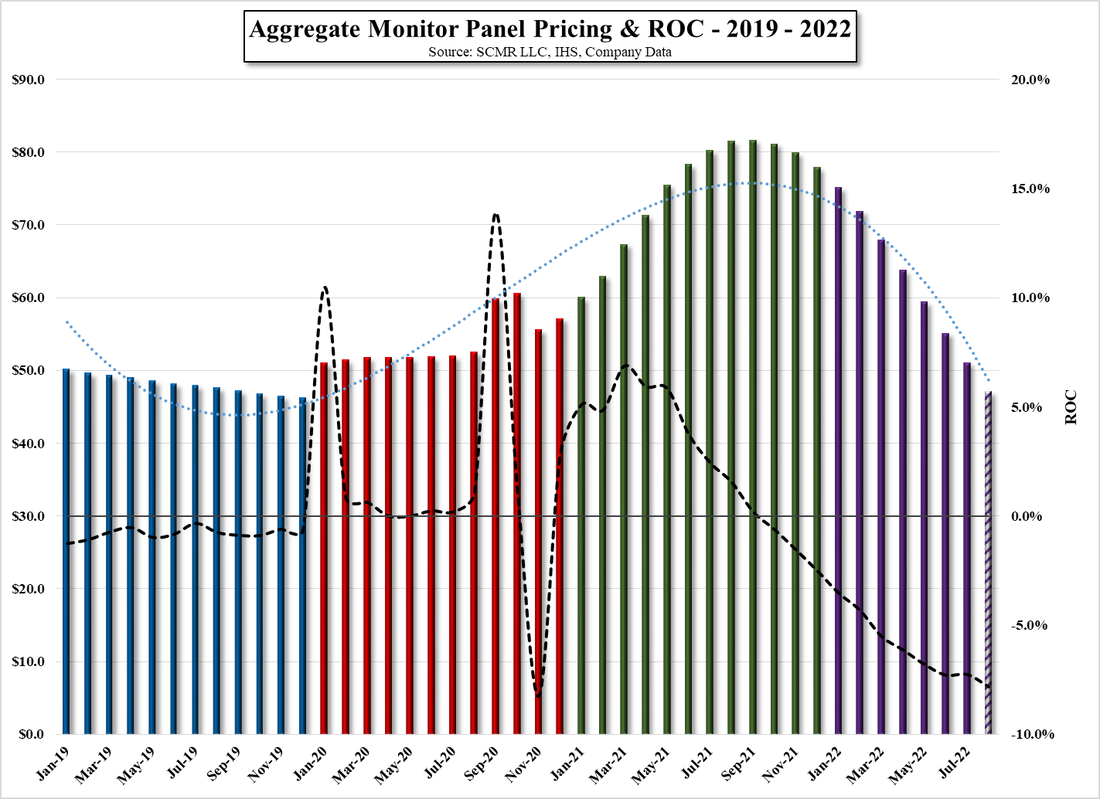
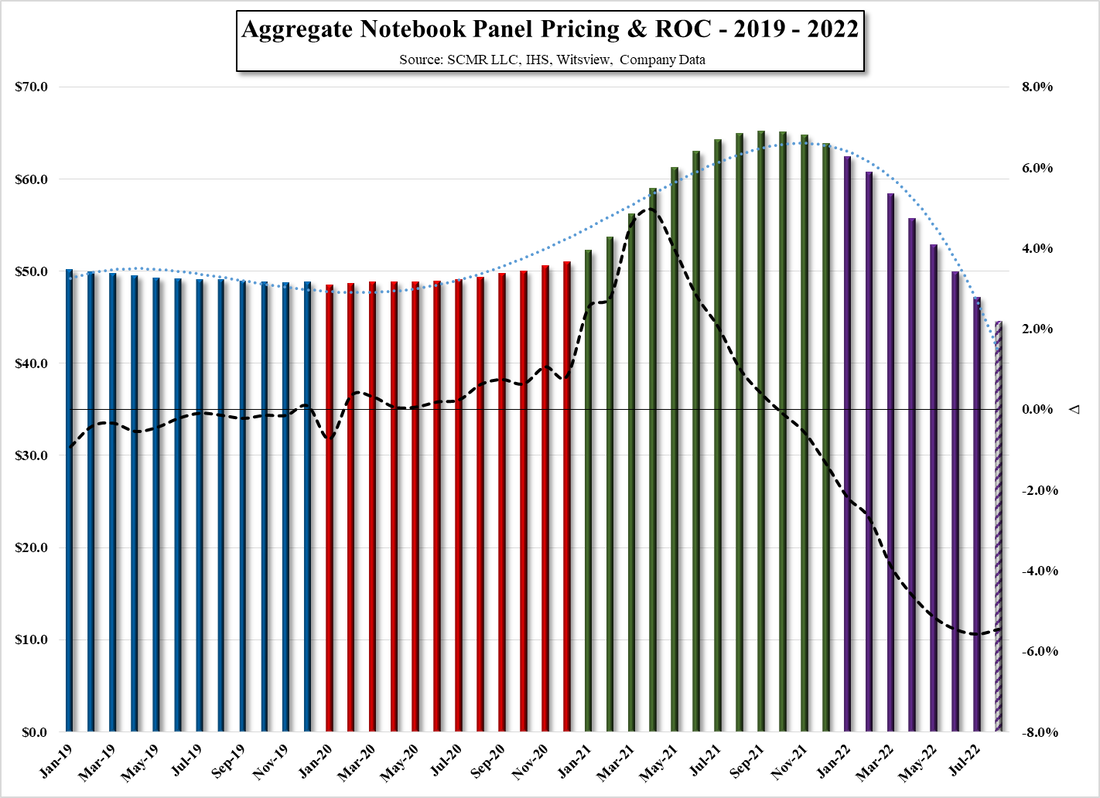
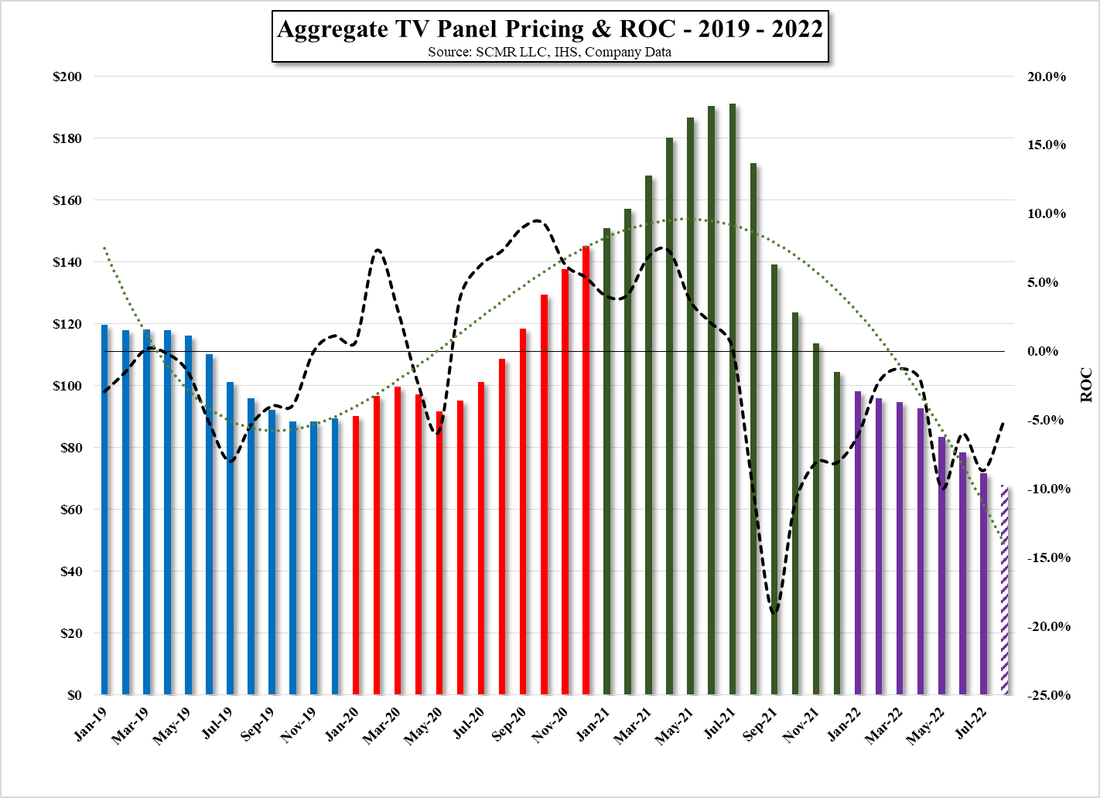
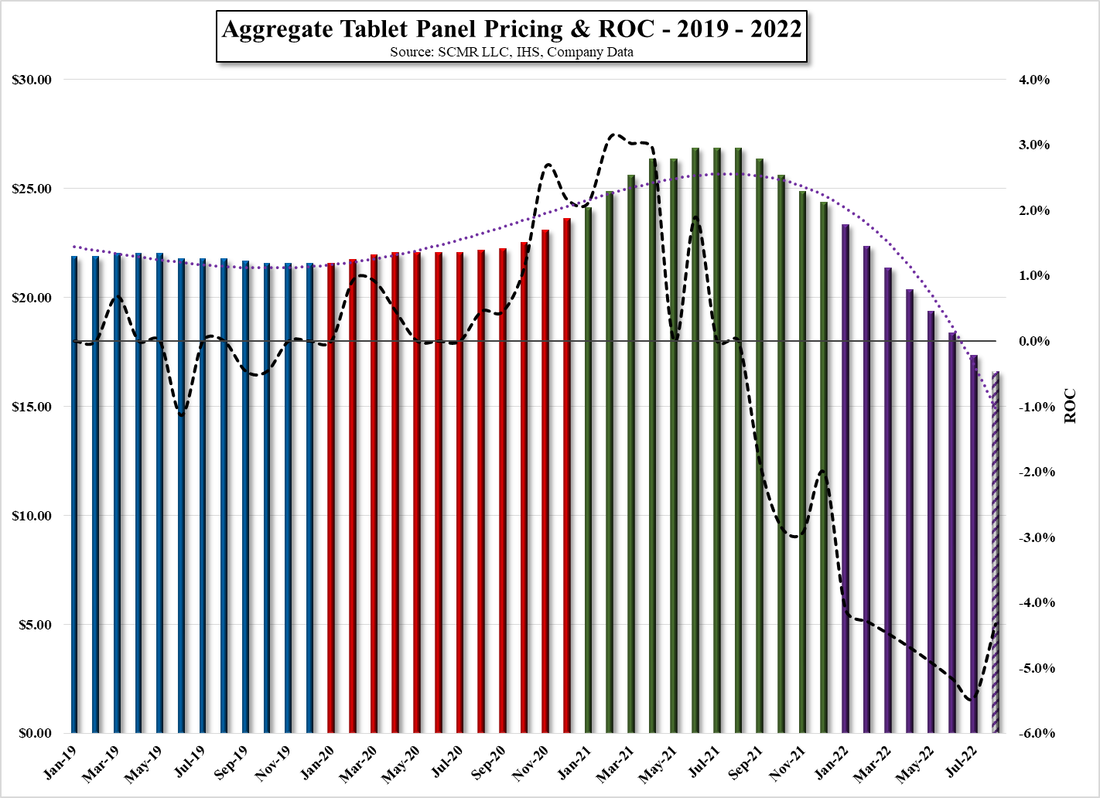
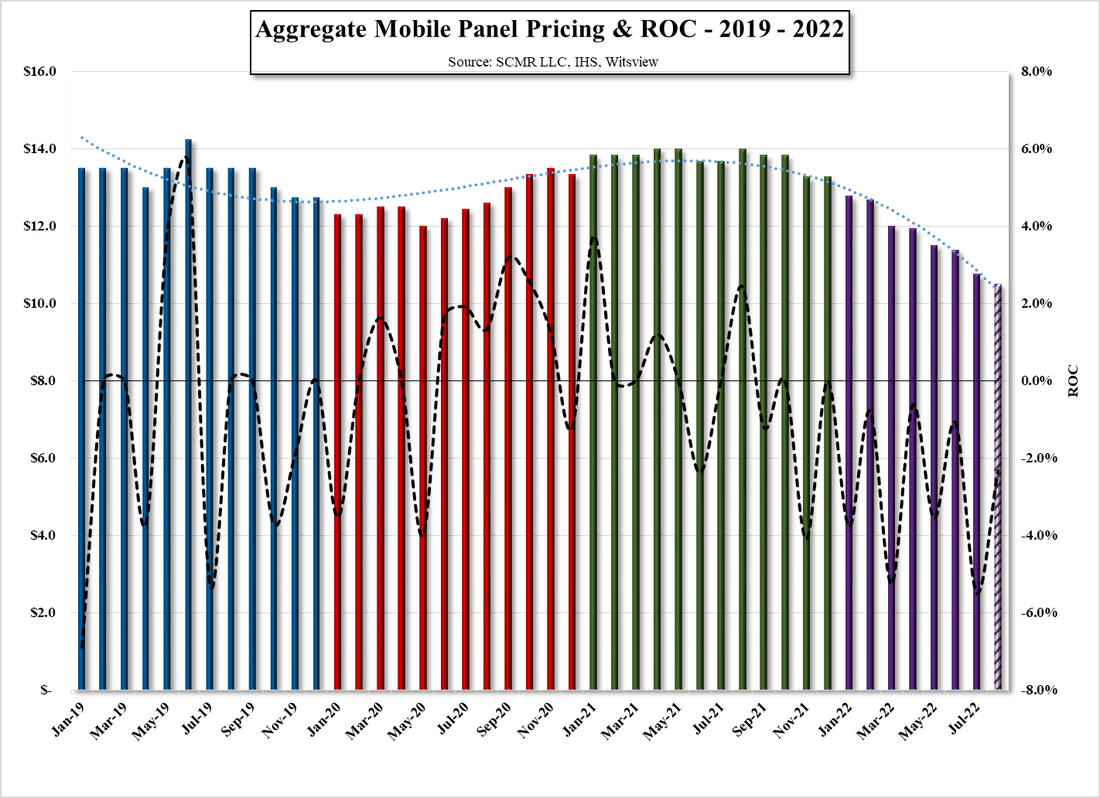
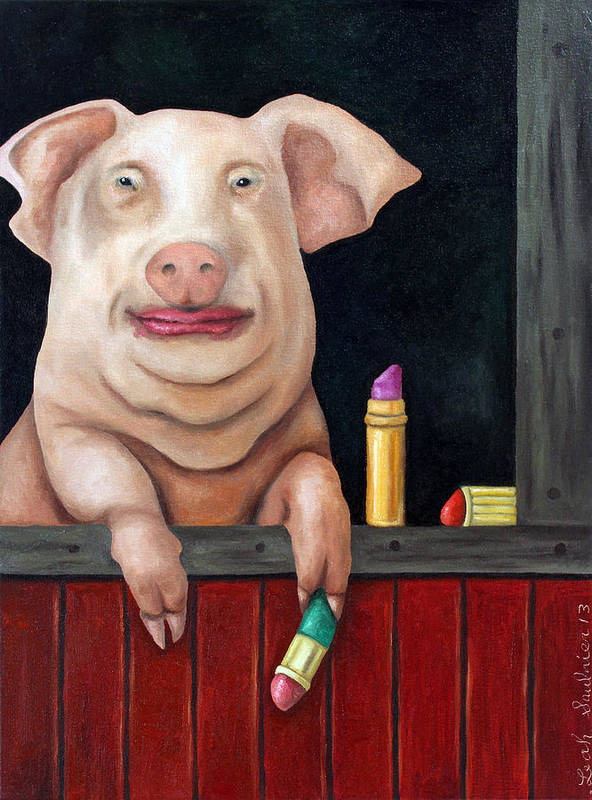
 RSS Feed
RSS Feed